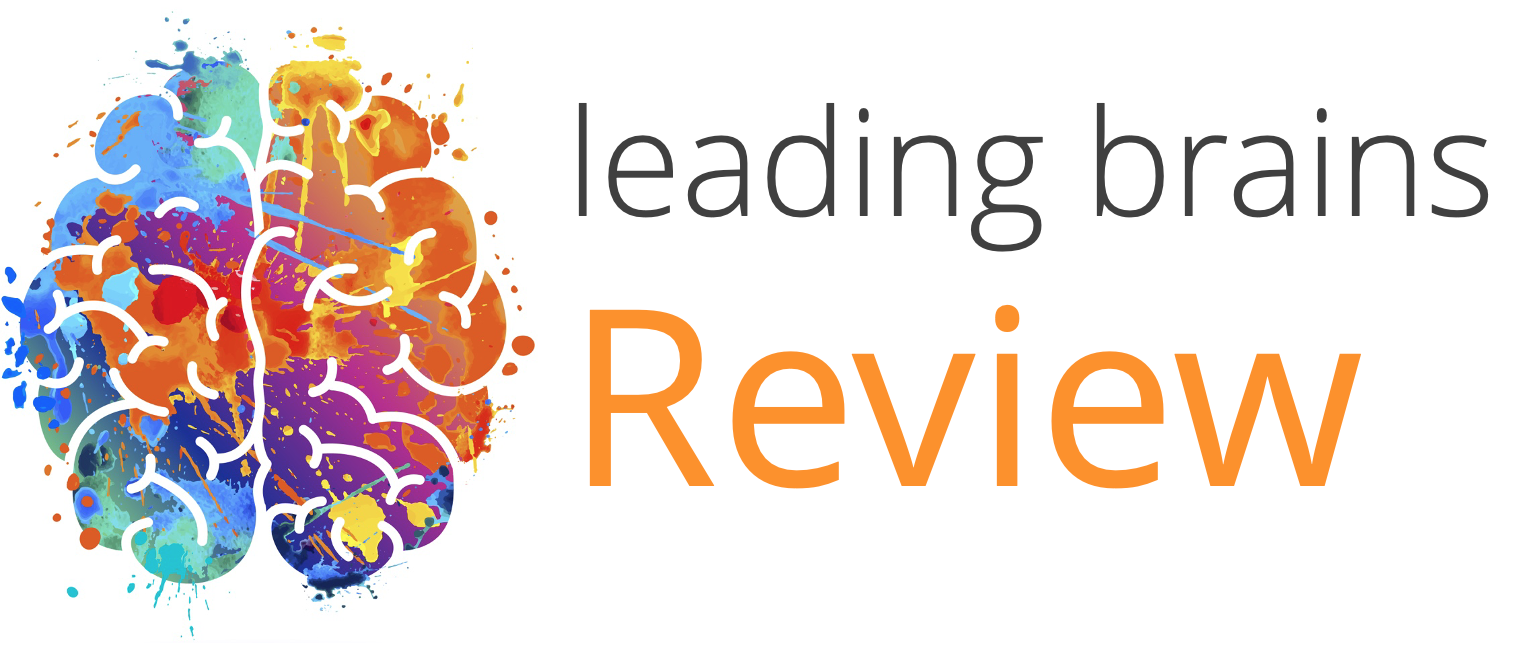Quick Hits
Daily brief research updates from the cognitive sciences

This is a thing in the modern age. And something many of us have noticed at conferees or when giving talks, and likely also done (I have and do). A particularly insightful slide will generate a flurry of people pulling out their phones and snapping a picture.
Whether this will ever be looked at again is another question – but not only that some research has shown that taking pictures seems to reduce memory. Presumably because it seems to offload the need to process the information.
This research has been done in real life scenarios such as visiting an art gallery but now researchers at the University of California looked specifically at presentation on computers – in itself a pretty good real-life scenario with more and more presentations being held online or virtually.
108 students were recruited by Annie Ditta et al. and given different instructions for taking photographs of slides. Either even numbered slides or odd numbered or as they saw fit or replicating other students. And what did they find?
Somewhat surprisingly they found that taking photographs of slides increased memory for these slides – somewhat surprising in my mind because firstly it was a lot of slides they took pictures of and, secondly, because most people had been assigned to groups that has to take pictures of specific slides irrespective of content (not just slides they found interesting or important).
What they also found is that memory of complementary verbal information also increased with those slides photographed. This is all quite surprising – it could be that because the participants had been primed to specific slides and hence paid more attention – however no patterns seemed to emerge with those taking pictures as they saw fit also increasing memory.
However, before you get too enthusiastic previous research has shown that good ‘ole fashioned note-taking is more effective. Annie Ditta plans to do more research to find out the mechanisms. But for now, it is good to know that taking photographs of slides does seem to increase memory – but taking notes might be an even better bet.

Andy Habermacher
Andy is author of leading brains Review, Neuroleadership, and multiple other books. He has been intensively involved in writing and research into neuroleadership and is considered one of Europe’s leading experts. He is also a well-known public speaker, speaking on the brain and human behaviour.
Andy is also a masters athlete (middle distance running) and competes regularly at international competitions (and holds a few national records in his age category).
References
Annie S. Ditta, Julia S. Soares, Benjamin C. Storm.
What happens to memory for lecture content when students take photos of the lecture slides?
Journal of Applied Research in Memory and Cognition, 2022
DOI: 10.1037/mac0000069
More Quick Hits
Behaviour at eight helps predict midlife health behaviours
A long-term study in Finland has tracked children from the age of eight until the age of 50 and a new analysis of the data, just published, has looked at some of the correlations between socioemotional behaviour in childhood and later life achievement and health...
Psychedelics and consciousness
Psychedelics change our conscious experience of the world – that is part of their attraction. Now a new study out of John Hopkins Medicine has analysed data on attributions of consciousness to other animals and innate objects by those using psychedelics and how this...
Lower smartphone usage increases wellbeing
So much has been said about smartphone usage in modern times. This ranges from some who say that they are destroying our brain to others who see they benefit our cognition by outsourcing cognitive heavy tasks like remembering lists of phone numbers – thereby freeing...
Modesty preferred for cooperative teams
In an age where it appears that many people are vying for self-esteem especially through social media, this research is interesting. Particularly in business contexts where cooperation is king. Research has previously shown that appearing to be wealthy increases...
Poverty shrinks babies’ brains
Quick HitsDaily brief research updates from the cognitive sciences couple of studies have just been released which look at the brains of newborns and young babies. The results are worrying for any society. Brain scans of newborn babies from...
Babies born with five from seven functional brain networks
In the 1950s the blank slate theory was the most prominent theory ascribed to babies. They are born blank slates and then their experiences allow them to develop their networks thoughts, associations, etc., and just about everything else. Though this theory is long...






